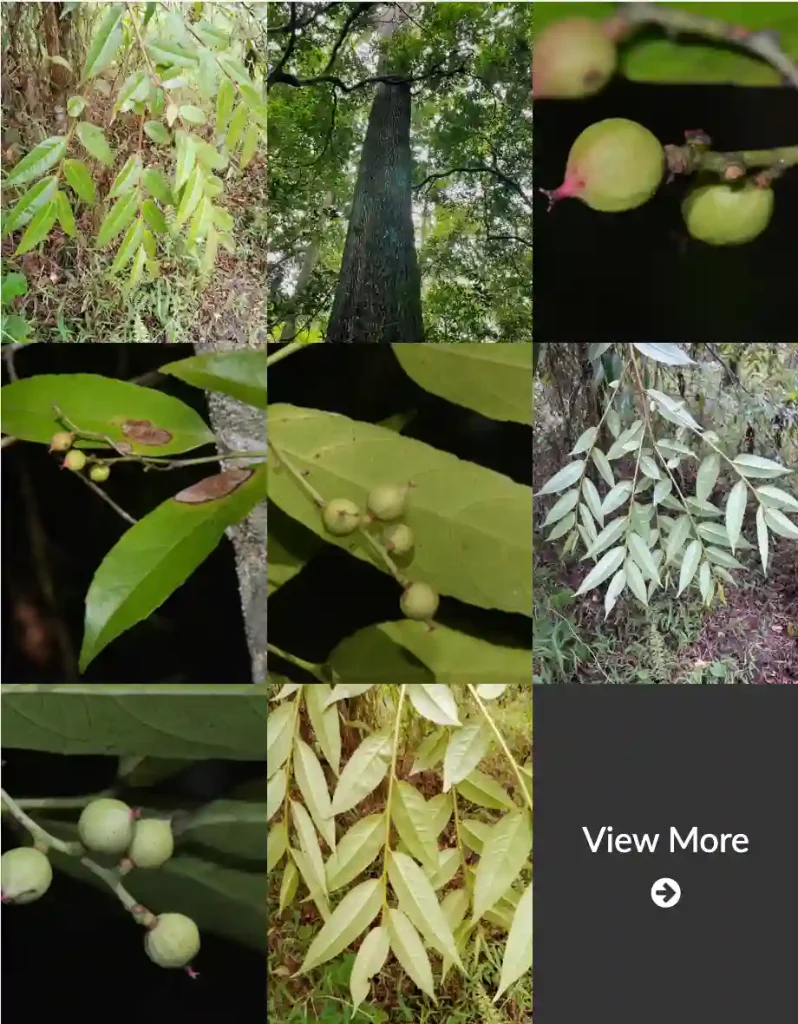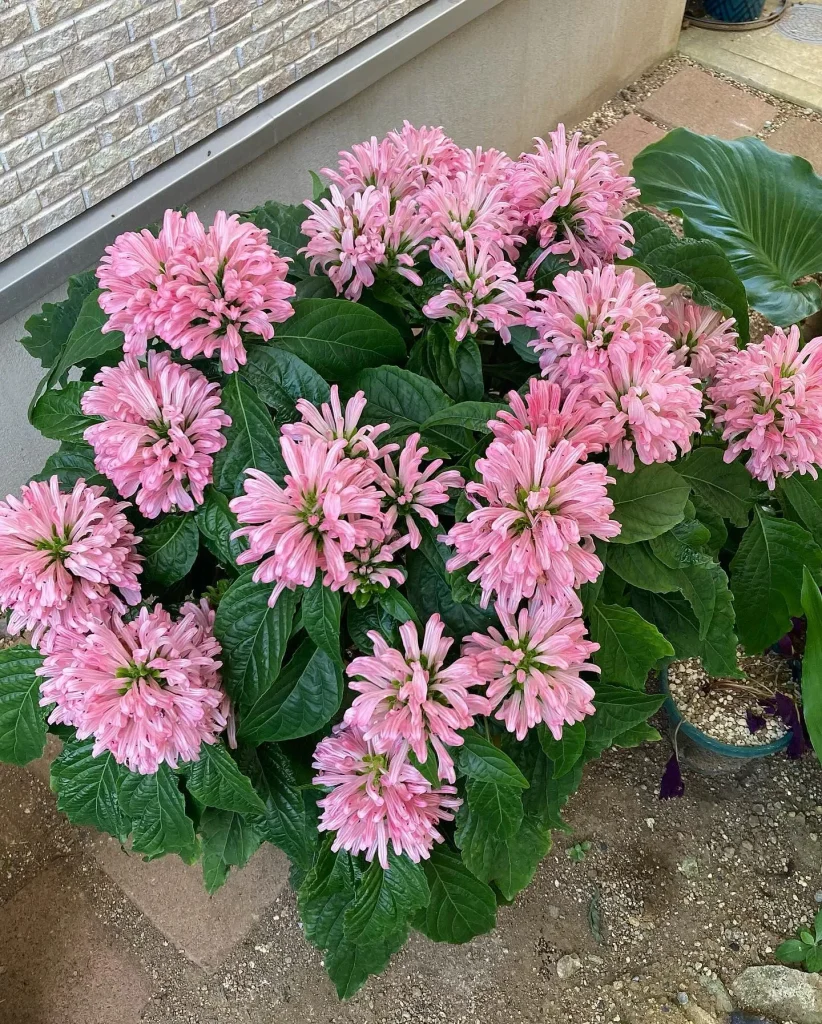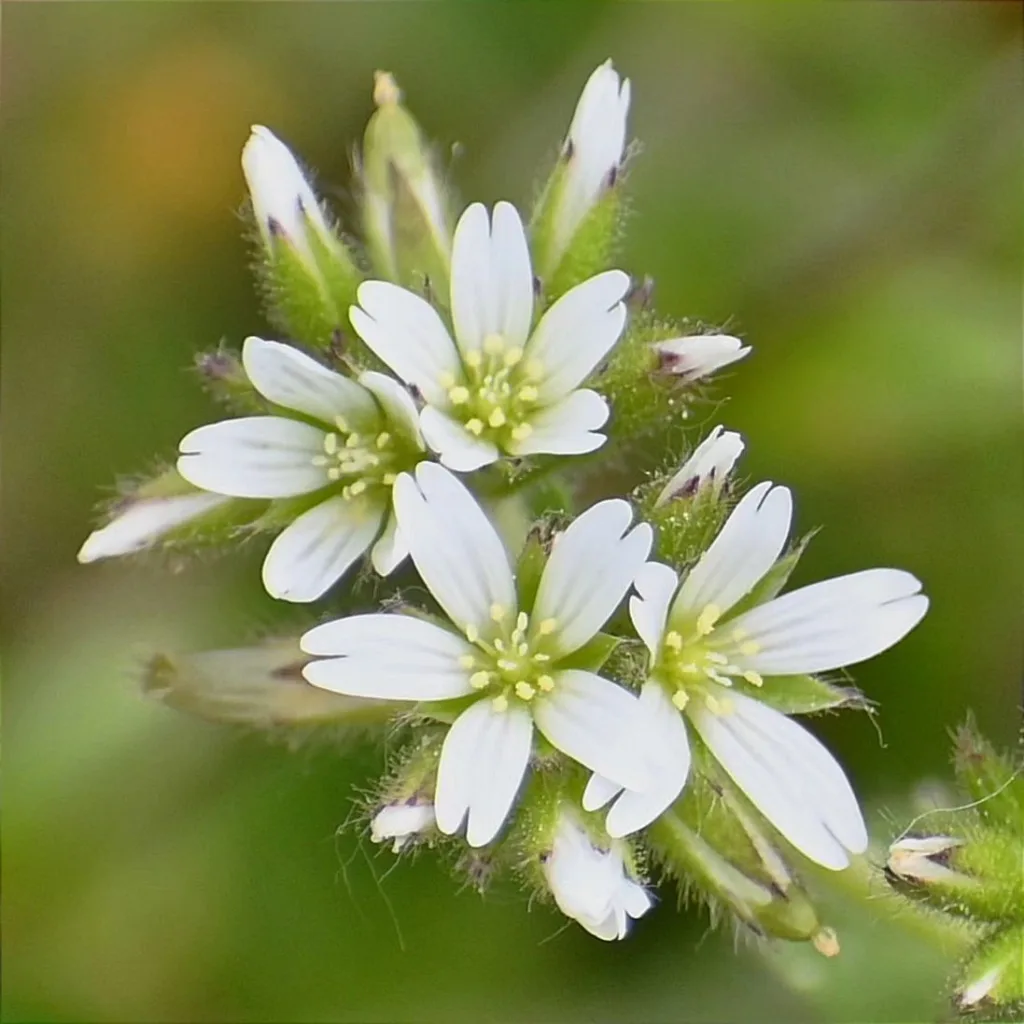Leucanthemum: A Personal Appreciation
My name is Ferb Vu, and I’ve always been drawn to the simple beauty of daisies. There’s something about their cheerful form and bright colors that just speaks to me. But it wasn’t until recently that I delved deeper into the world of daisies and discovered the Leucanthemum genus. These aren’t your average daisies; they possess a certain elegance and variety that truly captivated me.
Leucanthemum, derived from the Greek words for “white” (leukos) and “flower” (anthemon), is a genus of flowering plants belonging to the Asteraceae family. This family, one of the largest in the plant kingdom, also includes sunflowers and asters. While “daisy” is a common name often applied to Leucanthemum species, it’s important to remember that many other plants within the Asteraceae family also share this moniker.
A Diverse Genus
The Leucanthemum genus boasts a diverse array of species, each with its own unique characteristics. Some are petite, hugging the ground, while others stand tall, reaching for the sky. Their flowers, though typically white with yellow centers, can also exhibit hues of pink and yellow. This variety is a testament to the adaptability and resilience of the Leucanthemum genus, which has successfully established itself across Europe and beyond.
Here are:
- Leucanthemum adustum (W.D.J.Koch) Gremli
- Leucanthemum ageratifolium Pau
- Leucanthemum aligulatum Vogt
- Leucanthemum × aramisii Flor.Wagner, Vogt & Oberpr.
- Leucanthemum × athosii Flor.Wagner, Vogt & Oberpr.
- Leucanthemum atratum (Jacq.) DC.
- Leucanthemum burnatii Briq. & Cavill.
- Leucanthemum cacuminis Vogt, Konowalik & Oberpr.
- Leucanthemum cantabricum Sennen
- Leucanthemum catalaunicum Vogt
- Leucanthemum chloroticum Kern. & Murb.
- Leucanthemum coronopifolium Vill.
- Leucanthemum corsicum (Sieber ex Less.) DC.
- Leucanthemum × corunnense Lago
- Leucanthemum crassifolium (Lange) Lange
- Leucanthemum cuneifolium Legrand ex H.J.Coste
- Leucanthemum delarbrei Timb.-Lagr.
- Leucanthemum eliasii (Sennen & Pau) Vogt, Konowalik & Oberpr.
- Leucanthemum esterellense (Briq. & Cavill.) Vogt, Konowalik & Oberpr.
- Leucanthemum favargeri Vogt
- Leucanthemum gallaecicum Rodr.Oubiña & S.Ortiz
- Leucanthemum gaudinii Dalla Torre
- Leucanthemum glaucophyllum (Briq. & Cavill.) Jahand.
- Leucanthemum gracilicaule (Dufour) Pau
- Leucanthemum graminifolium (L.) Lam.
- Leucanthemum halleri (Suter) Polatschek
- Leucanthemum heterophyllum (Willd.) DC.
- Leucanthemum illyricum (Horvatić) Vogt & Greuter
- Leucanthemum ircutianum DC.
- Leucanthemum laciniatum Huter, Porta & Rigo
- Leucanthemum lacustre (Brot.) Samp.
- Leucanthemum legraeanum (Rouy) B.Bock & J.-M.Tison
- Leucanthemum ligusticum Marchetti, R.Bernardello, Melai & Peruzzi
- Leucanthemum lithopolitanicum (E.Mayer) Polatschek
- Leucanthemum maestracense Vogt & F.H.Hellw.
- Leucanthemum × marchii Konowalik, Vogt & Oberpr.
- Leucanthemum maximum (Ramond) DC.
- Leucanthemum meridionale Legrand
- Leucanthemum monspeliense (L.) H.J.Coste
- Leucanthemum montserratianum Vogt
- Leucanthemum pachyphyllum Marchi & Illum.
- Leucanthemum pallens (J.Gay ex Perreym.) DC.
- Leucanthemum × pawlowskii Piękoś
- Leucanthemum platylepis Borbás
- Leucanthemum pluriflorum Pau
- Leucanthemum × porthosii Flor.Wagner, Vogt & Oberpr.
- Leucanthemum pseudosylvaticum (Vogt) Vogt & Oberpr.
- Leucanthemum pyrenaicum Vogt, Konowalik & Oberpr.
- Leucanthemum rohlenae (Horvatić) Vogt & Greuter
- Leucanthemum rotundifolium (Waldst. & Kit.) DC.
- Leucanthemum subglaucum De Laramb.
- Leucanthemum sylvaticum (Brot.) Nyman
- Leucanthemum tridactylites (A.Kern. & Huter) Bazzich.
- Leucanthemum valentinum Pau
- Leucanthemum virgatum (Desr.) Clos
- Leucanthemum visianii (Gjurašin) Vogt & Greuter
- Leucanthemum vulgare Lam. Plant FAQs: Leucanthemum Vulgare – Oxeye Daisy
More Than Just a Pretty Face
While their aesthetic appeal is undeniable, Leucanthemum species offer more than just visual delight. They play a vital role in their ecosystems, providing nectar and pollen for a variety of pollinators, including bees, butterflies, and hoverflies. They also serve as larval food plants for certain moth species.
Furthermore, some Leucanthemum species have a history of medicinal use. Traditionally, they were employed to treat ailments such as coughs, wounds, and skin irritations. While modern medicine has largely replaced these traditional uses, it’s a reminder of the multifaceted nature of these plants.
Cultivating Leucanthemum
One of the things I appreciate most about Leucanthemum is their relative ease of cultivation. They are generally low-maintenance plants that thrive in sunny locations with well-drained soil. Deadheading spent blooms can encourage further flowering, and dividing clumps every few years can help maintain plant vigor. Whether you’re a seasoned gardener or a novice, Leucanthemum species are a rewarding addition to any garden.
A Source of Inspiration
For me, Leucanthemum represents more than just a genus of plants. They embody resilience, adaptability, and the simple beauty of nature. Their cheerful blooms bring joy to any landscape, and their ecological importance highlights the interconnectedness of all living things. As I continue to explore the world of Leucanthemum, I’m constantly reminded of the wonders that nature has to offer.
If i die, water my plants!



